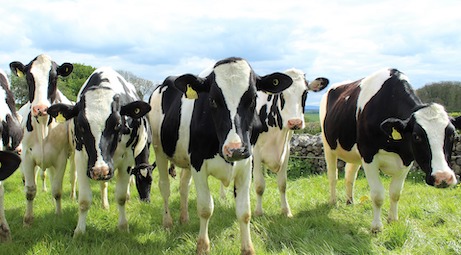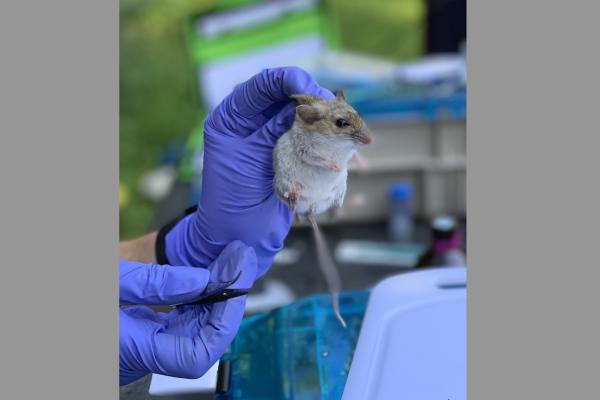Research roundup: How can cows avoid udder infection and antimicrobial exposure?
January 2, 2020

As the dairy industry looks to reduce antibiotic use, dairy farmers have partnered with researchers to look at the common practice of administering antimicrobials to cows with intramammary udder infections at the end of lactation. This practice, known as dry cow therapy, is a large contributor to antibiotic use on dairy farms. Researchers from the University of Minnesota collected samples from 80 herds from 10 dairy states to determine the different types of bacteria causing intramammary infections at dry off. They found that one in five mammary glands were infected at dry-off, and that most of these infections were caused by gram-positive bacteria. This new knowledge about the nature of infections at dry-off will be used by researchers and farmers to optimize the way that antibiotics are used by dairy producers. The researchers also investigated if bedding management was related to rates of intramammary infections. The team found that farms with higher bacteria counts in bedding had higher rates of infections. This finding suggests that producers may be able to control infections by improving bedding hygiene, which could subsequently reduce antibiotic use at dry-off. However, the researchers concluded that more research is needed to identify the best ways to reduce bacteria levels in bedding.
Read more in the December 2019 issue of Journal of Dairy Science.


